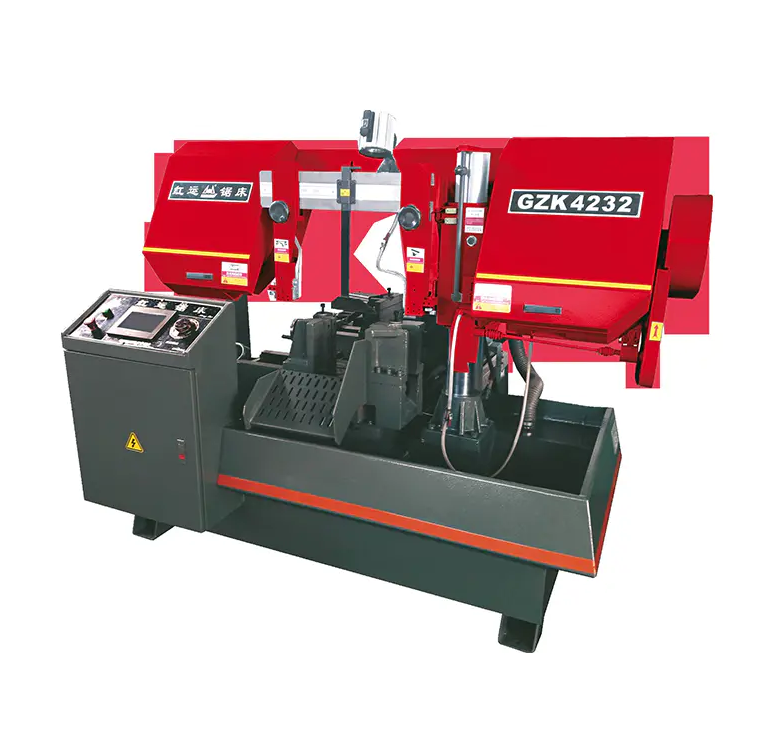CNC sawing machines have become a practical solution for industries aiming to improve material cutting efficiency. These machines offer programmable cutting paths that allow operators to produce uniform parts with minimal supervision. Whether cutting ferrous metals, plastics, or composites, they deliver steady and reliable performance.
In many fabrication environments, consistent cutting is essential. A CNC sawing machine ensures that each cut follows the predefined measurements accurately. This results in fewer errors and less post-processing. The machine’s control system adjusts the feed rate and blade speed according to the material, helping maintain the surface quality of each cut.
Compared to manual sawing equipment, CNC sawing machines contribute to time-saving production schedules. Operators can store multiple programs within the system and switch tasks quickly without recalibration. This flexibility is particularly useful in facilities that deal with varying order volumes or frequent changes in design.
Safety is also improved through the use of CNC sawing machines. Enclosed cutting zones, automatic clamping, and material feed systems reduce the need for direct human interaction during operation. This minimizes the risk of injury and supports compliance with safety standards.
While these machines can require a higher initial investment, their operational benefits often make them worthwhile. The reduction in waste, labor costs, and cutting errors can support long-term productivity gains.
CNC sawing machines continue to play a valuable role in modern workshops. As industries look for ways to streamline production, machines with programmable logic and automated cutting capability help maintain consistent quality across batches.


